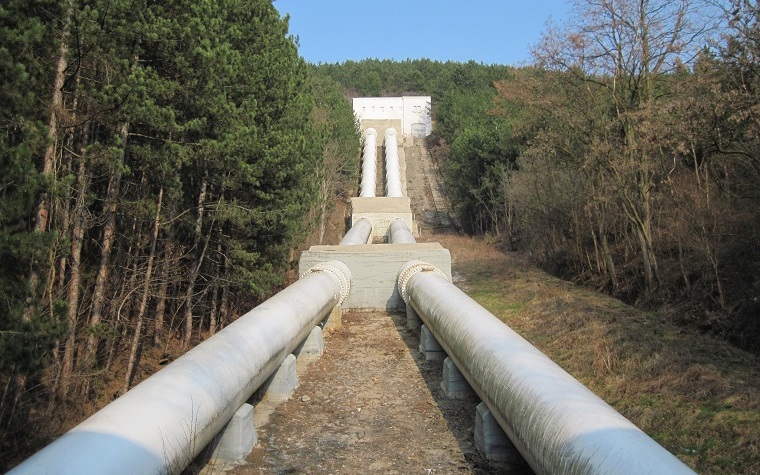By Craig Stevens
Arizona’s infrastructure received a “C” rating from the American Society of Civil Engineers (ASCE) in 2015. However, the state is faring better on its report card than the country overall. The group recently graded the nation’s infrastructure a D+.
This week, ASCE is hosting a pipelines conference in Phoenix, providing an important forum for experts in pipeline and utilities infrastructure to gather and share innovative ideas to meet industry challenges. Given the embarrassing shape of our country’s current infrastructure, the conference is a symbol of hope for the future. The U.S. falls behind many other developed nations—like Canada, Spain, and Japan—due to aging structures and the inability to recover from disruptive events.
American infrastructure as it is—or isn’t—today is the result of decades of neglect. Bridges and roads are crumbling. Waterways haven’t seen investment in more than fifty years. Pipeline infrastructure is incredibly lacking. Rural areas are without basic broadband and wireless networks. Weather-related power outages are becoming more frequent. Dams are reaching the end of their lifespan (or some, like the Oroville Dam, have already surpassed it). And mass transit systems are failing—in Washington D.C., it’s literally on fire.
Deteriorating infrastructure is not only dangerous and inconvenient, but it provides an unsteady foundation that’s like quicksand for our economy.
Reliable and sufficient infrastructure is a critical economic driver. The manufacturing sector, agricultural sector, and virtually every private business depends on reliable infrastructure to operate, move goods, and compete in the global market place. If we don’t have a competitive infrastructure, it could cost our nation $3.9 trillion—equivalent to Germany’s entire GDP.
It’s not just businesses that are paying the price of poor infrastructure, everyone is fronting the costs. We’re paying for it through car repairs from potholes, wasted time at airports and subway stations, and higher costs of utilities and manufactured goods.
ASCE says the government and private investors would need to spend $2 trillion over the next 10 years to close the infrastructure gap.
We have a once in a generation opportunity to make infrastructure improvements that – if done right – can help serve our nation for a century or longer. There is wide bipartisan support for infrastructure development and earlier this year, President Trump introduced an infrastructure plan working with states, cities, and private investors to generate $1 trillion in infrastructure investment. His administration has also expedited high-priority pipeline construction projects by speeding up the environmental review process.
To speed up construction and repairs, projects backed by private investment are the best solution. Private-public partnerships offer funding and expertise that the government doesn’t always have—and any opportunity to increase investment is well worth it. According to ASCE, with every one dollar of investment, $1.81 is generated in economic output. Although, government action is required to scale back unnecessary regulation to ensure private-public partnership opportunities are approved and free to move forward quickly.
This week, as ASCE brings together those in pipeline and utility infrastructure, let’s remember how critical the state of our infrastructure is to the health of our nation’s economy – especially for the long term. We should be encouraged that experts and practitioners in this field are gathering to discuss innovative ways to improve the reliability and resilience of our nation’s energy infrastructure and utilities. Bringing this conversation to the forefront of the national debate will help promote a stronger and more prosperous America.
Infrastructure truly is the foundation to our nation’s economic wellbeing, and we need that foundation to be solid and reliable. Collapsing dams and frequent power outages simply won’t cut it in a 21st century economy. Our only option moving forward—and to preserve the freedom for all to pursue the American dream—is to rebuild our nation’s infrastructure.
Craig Stevens is the spokesperson for Grow America’s Infrastructure Now, a national coalition focused on promoting key infrastructure investments. Follow the Coalition on Twitter @GAINNowAmerica




 Alerts Sign-up
Alerts Sign-up